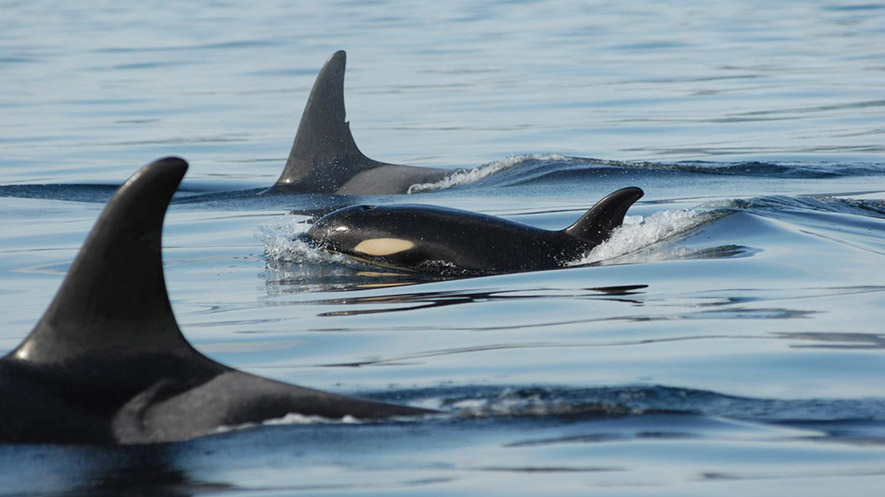Polychlorinated Biphenyls (PCBs) were once widely used as insulators and coolants in the manufacturing of electrical goods across the world. Despite a near-global ban of PCBs nearly 30 years ago, the highly persistent and environmentally toxic pollutant is still having a detrimental effect on the health of marine wildlife.
Killer whales (Orcinus orca) are one of the most PCB contaminated mammals on the planet. Now, a new study published in the journal Science has estimated that current concentrations of PCBs in the environment may see at least half of the worlds killer whale population wiped out within the next 50 years.
A large international collaboration between the United States, Canada, UK, Greenland, Iceland, and Denmark have combined previously published work and new data looking at contamination levels of PCBs in the tissues of killer whales. "We know that PCBs deform the reproductive organs of animals such as polar bears. It was therefore only natural to examine the impact of PCBs on the scarce populations of killer whales around the world," says Professor Rune Dietz from the Department of Bioscience and Arctic Research Centre, Aarhus University, who is a co-author of the study.
The researchers measured values as high as 1300 milligrams per kilo in the blubber of killer whales. For comparison, many studies show that animals with PCB levels as low as 50 milligrams per kilo of tissue may show signs of infertility and severe impacts on the immune system. They then used models to predict the effects of PCBs on the offspring, mortality and immune system of each whale. Individuals are particularly threatened in heavily contaminated areas like the waters near Brazil and around the UK where the researchers estimate that the remaining population counts less than 10 killer whales. “In these areas, we rarely observe new-born killer whales," says Ailsa Hall, who together with Bernie McConnell developed the models used by Sea Mammal Research Unit in Scotland.
Part of the reason why killer whales are so affected by PCBs is that of their position in the food chain. As apex predators, killer whales are consuming meat that has already begun to accumulate PCB’s from lower down the chain, such as large fish or seals. Not only this, but PCBs are then passed down to the offspring through the fat-rich milk of their mother.
So far, the biggest initiative to try and combat the accumulation of PCBs in the marine environment was the 2004 Stockholm Convention in which more than 90 countries committed to phasing out the manufacturing of PCB dependant products. However, with current levels leading to such shocking predictions, it is clear that more work needs to be done.
Fortunately, there is good news for the killer whales situated in the oceans around the Faroe Islands, Iceland, Norway, Alaska and the Antarctic. Here, killer whale populations are growing, and the models predict that they will continue to do so throughout the next century.
By Ellis Moloney
Jean-Pierre Desforges, Ailsa Hall, Bernie Mcconnell, Aqqalu Rosing-Asvid, Jonathan L. Barber, Andrew Brownlow, Sylvain De Guise, Igor Eulaers, Paul D. Jepson, Robert J. Letcher, Milton Levin, Peter S. Ross, Filipa Samarra, Gísli Víkingson, Christian Sonne, Rune Dietz. (2018) Predicting global killer whale population collapse from PCB pollution. Science, DOI: 10.1126/science.aat1953



